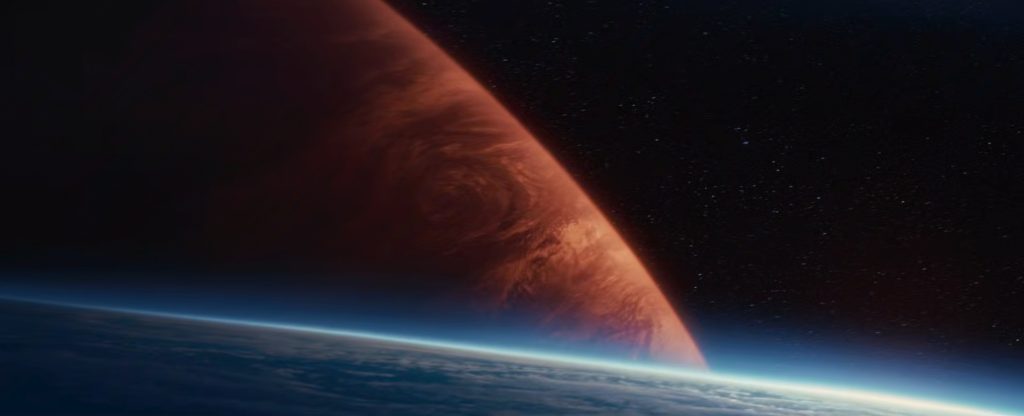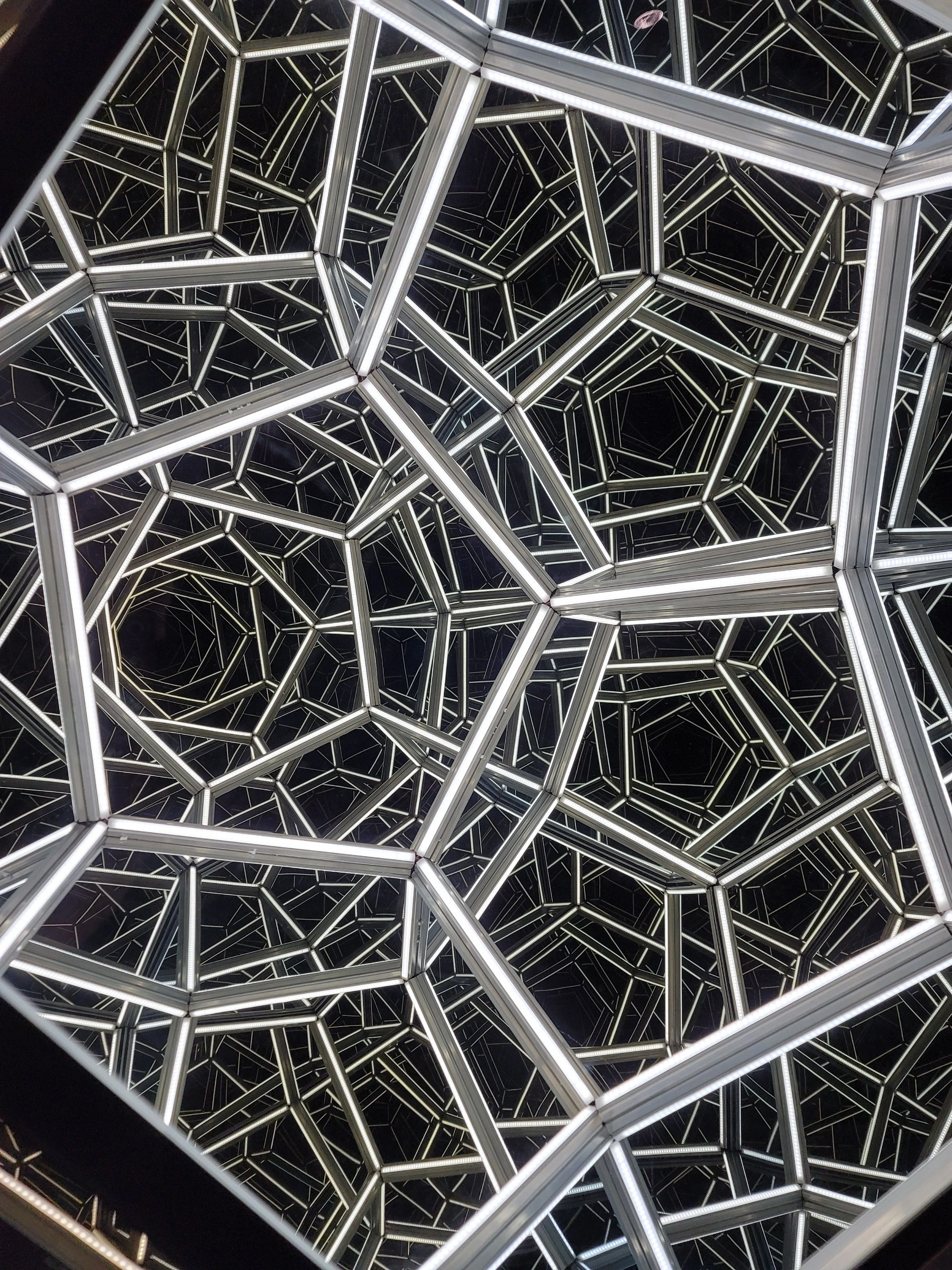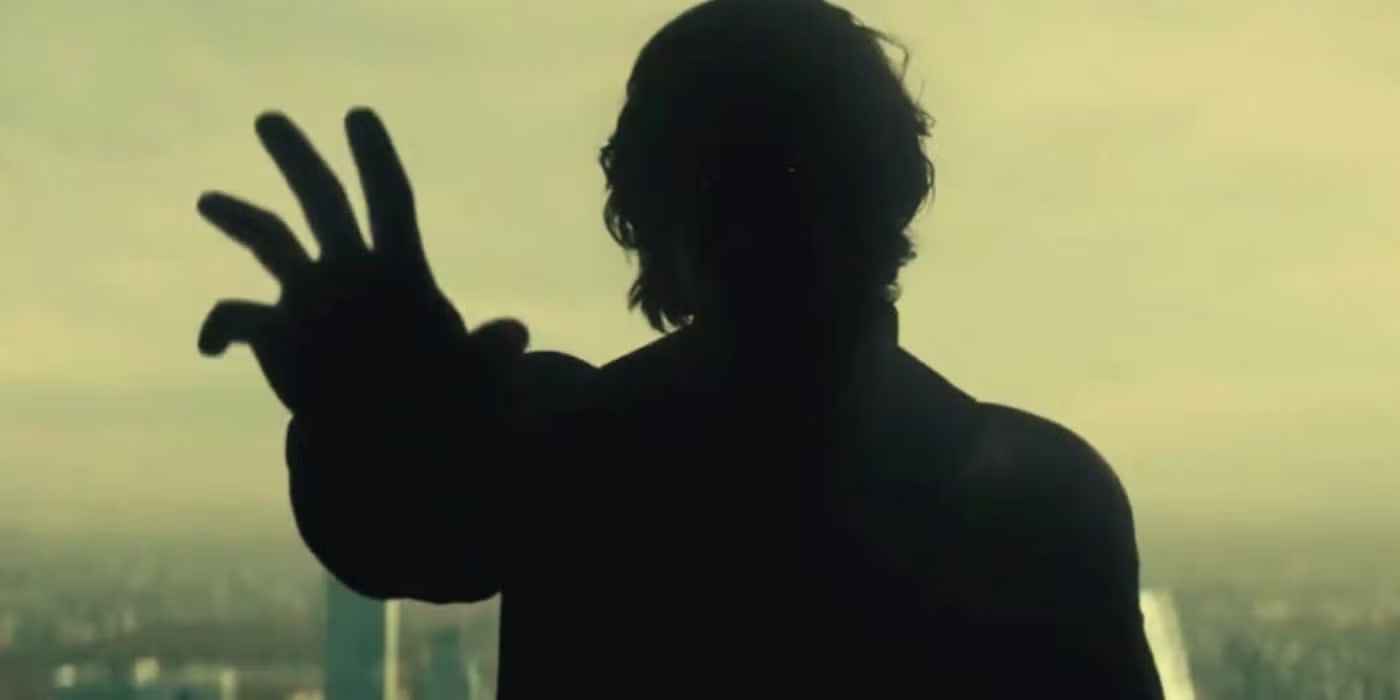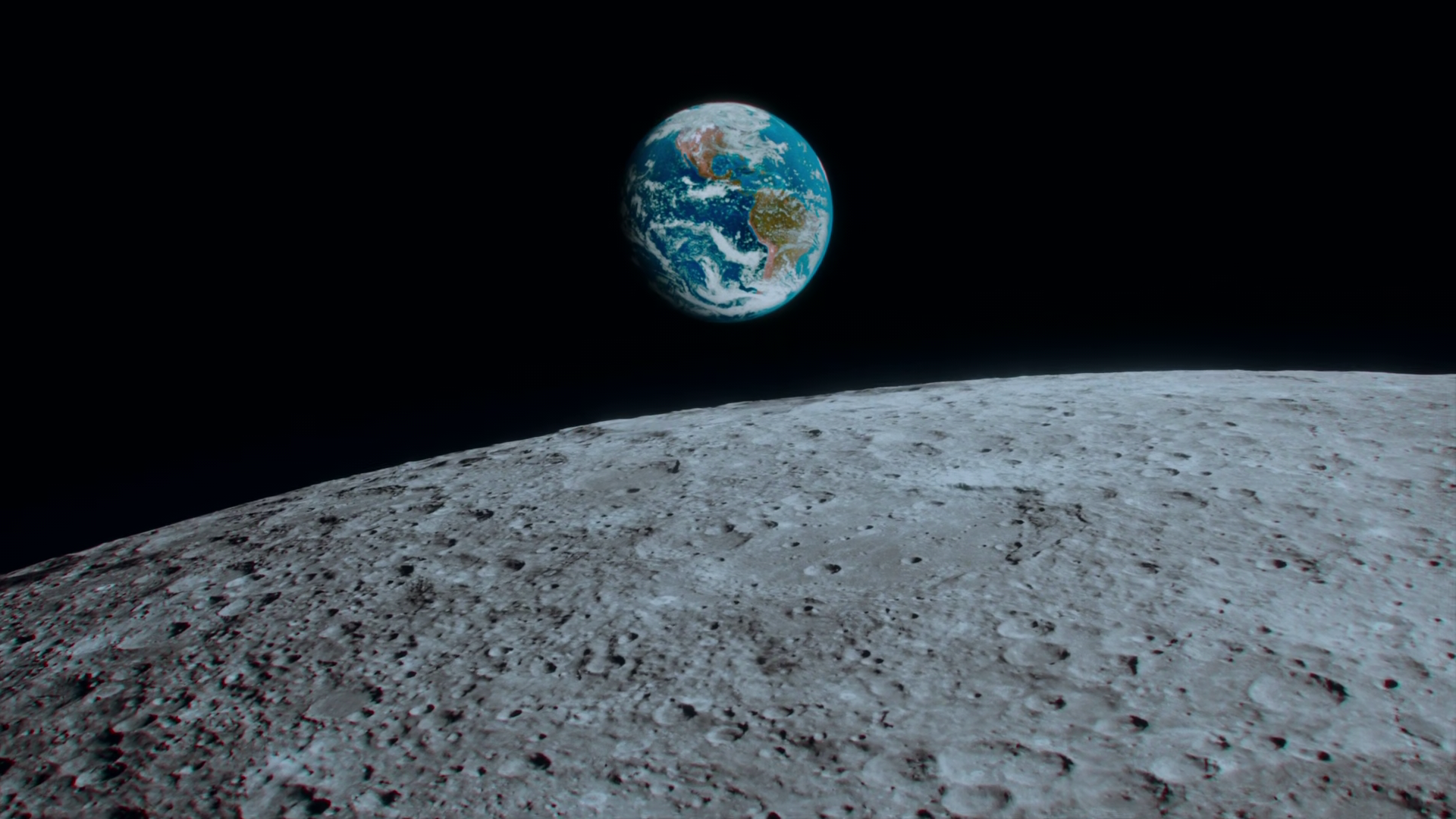What started as a simple question about watermelons whilst chatting with a friend led me down a fascinating rabbit hole about human nature, symbols, and the way we organise ourselves into tribes.
It turns out the watermelon became a Palestinian symbol in the 1980s when Israeli authorities banned the display of Palestinian flag colours – red, green, black, and white. Palestinians found a clever workaround: watermelons naturally contain all these colours in their flesh, rind, and seeds. One banned symbol replaced by nature’s own palette.
The symbol emerged from the art scene of that era. Palestinian artist Sliman Mansour recalls Israeli soldiers telling artists they weren’t allowed to paint in those specific colours. When faced with such cultural repression, creativity found a way – the humble watermelon became a canvas for national identity, its natural colours serving as a subtle but powerful statement of resistance.
But watermelons aren’t alone. Palestinians have developed an entire symbolic vocabulary: the keffiyeh headscarf with patterns representing olive leaves and trade routes, olive trees symbolising deep roots and resilience, keys representing the hope of return, and Handala – a cartoon character who remains forever ten years old until Palestine is free.
Each symbol carries layers of meaning that extend far beyond their surface appearance. The olive tree, for instance, can survive drought, frost, and fire – living for centuries whilst providing sustenance for generations. About 100,000 Palestinian families depend on olive oil as their main source of income, making these ancient trees both practical lifelines and metaphors for endurance. Handala, created by cartoonist Naji al-Ali in 1969, appears as a barefoot boy with sharp, hedgehog-like hair, hands clasped behind his back, never showing his face. He embodies the frozen childhood of displacement – growing up only when return becomes possible.
This got me thinking about what I call “memetic evolution” – how cultural symbols compete, adapt, and survive just like biological traits. When direct expression is suppressed, creativity flourishes in unexpected ways. Symbols find new forms, like water flowing around obstacles.
There’s something deeply human about this adaptive process. Across history, whenever dominant powers attempt to erase cultural expression, communities respond with remarkable ingenuity. Code-switching in language, hidden meanings in folk songs, religious symbols disguised as decorative patterns – the impulse to maintain identity finds endless creative outlets. The watermelon joins a long tradition of resistance through symbolism, from the Christian fish symbol in Roman times to the subtle defiance embedded in enslaved peoples’ spirituals.
It’s the same mechanism at work whether we’re talking about Palestinian resistance symbols or football team loyalty. I’ve seen gravestones in cemeteries dedicated to football teams – someone’s final statement about tribal belonging carved in stone. The psychological need to belong to something larger than ourselves operates at every scale, from global liberation movements to local sports rivalries.
The cemetery where my grandparents are buried provides a perfect laboratory for observing these different scales of meaning. Whilst I sit contemplating vast cosmic distances – mentally zooming out to the heliopause and beyond – the neighbouring gravestone declares eternal allegiance to a football club. Both represent attempts to transcend individual mortality through collective identity, yet they operate on vastly different scales of significance. It’s simultaneously touching and absurd, this human need to plant flags of belonging even in our final resting places.


This pattern fascinates me partly because I’ve always felt like an outsider to it. With a neurological makeup that lets me zoom from planetary perspectives to quantum details simultaneously, dying for tribalism has seemed absurd since I was a toddler. I can mentally disassemble Kings Cross station, rotate its architecture, and rebuild it in my head – yet people judge me on superficial appearances without knowing what’s happening behind my eyes. 😥👀🌌👩🏻💻🧩🔄🧠
The irony cuts deep. I can close my eyes and pull apart the entire structure of a major transport hub – understanding the flows of people and systems, the architectural relationships, the engineering beneath the surface. I can hold multiple scales of reality in simultaneous focus, from the cosmic to the quantum. Yet the same people who couldn’t begin to mentally map the station they’re standing in will give me strange looks based on health impacts from the pandemic that they neither understand nor care to learn about. It’s like being a supercomputer housed in a case that people think looks wrong, leading them to assume the entire system must be faulty.
It’s lonely being cognitively different in a world built for neurotypical processing speeds. Some call people like me “Newtypes” (borrowing from Japanese culture), but I’m wary of such labels. History shows how quickly categories of human “types” can become justifications for treating people differently.
The loneliness of operating at integrated scales of perception is profound. When you can naturally think in geological time and quantum mechanics and human psychology simultaneously, most conversations feel like they’re happening in slow motion on a single narrow frequency. The constant translation required – compressing vast, interconnected insights into bite-sized explanations that fit neurotypical processing – becomes exhausting. You end up feeling like a visitor from another time or world, possessing extraordinary vision but finding yourself surrounded by people operating with much narrower focal ranges.
Even biology struggles with this categorisation problem. Scientists can’t agree on what defines a “species” – there are multiple competing definitions that all break down in different ways. Much of our traditional scientific taxonomy carries colonial baggage, imposing neat hierarchical categories that say more about European thinking than natural reality.

Breeze, blowing that blonde curling hair, stirring it, and being softly stirred in turn, scattering that sweet gold about, then gathering it, in a lovely knot of curls again,
you linger around bright eyes whose loving sting pierces me so, till I feel it and weep, and I wander searching for my treasure, like a creature that often shies and kicks:
now I seem to find her, now I realise she's far away, now I'm comforted, now despair, now longing for her, now truly seeing her.
Happy air, remain here with your living rays: and you, clear running stream, why can't I exchange my path for yours?
-- Francis Petrach. (1304 ~1374)
[Aura que chelle chiome blonde et crespe.]
Ring species provide a perfect example of how nature defies our categorical thinking. Imagine populations of birds that can interbreed with their neighbours all around a geographic ring, but the populations at the “ends” of the ring cannot interbreed with each other. Are they the same species or different ones? The question becomes meaningless because nature doesn’t organise itself according to our need for clean boundaries. Traditional taxonomy reflected the “great chain of being” mentality that conveniently ranked everything from “primitive” to “advanced,” always placing European humans at the top. Even modern approaches still carry traces of this vaunted, haunted, legacy in how we commonly think about evolutionary “progress” and “relatedness.”
The truth is messier and more beautiful than our tribal brains want to admit. Whether we’re talking about Palestinian symbols, football loyalty, cognitive differences, or biological species, nature resists our attempts to organise it into clean categories. We’re all part of the same complex, evolving system – just expressing different patterns within it.
Perhaps this resistance to categorisation is itself meaningful. The watermelon symbol works precisely because it transcends the artificial boundaries imposed upon it. It exists simultaneously as fruit, symbol, act of resistance, and work of art. Similarly, the cognitive differences that isolate some of us from neurotypical social structures might represent not a deviation from some imagined norm, but simply another expression of human neural diversity – as natural and necessary as biodiversity in ecosystems.
The watermelon symbol reminds us that creativity and identity find a way, even under pressure. But perhaps the deeper lesson is recognising these pattern-making impulses in ourselves, understanding them without being consumed by them, and staying curious about the infinite complexity and diversity that surrounds us at every scale. In a world increasingly divided by rigid categories and tribal affiliations, there’s something hopeful about symbols that resist easy classification – reminding us that the most profound truths often exist in the wondrous, ponderous spaces between our neat definitions.
"Plant a flag, plant a seed, plant an idea, and perhaps watch it grow..."






